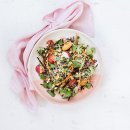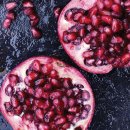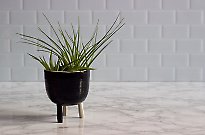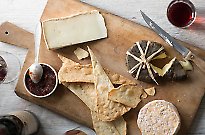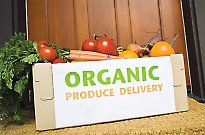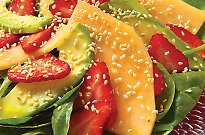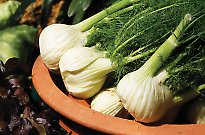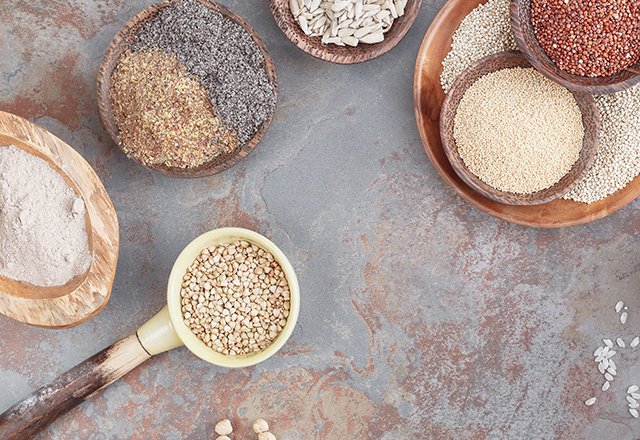
The gluten-free phenomenon - is it healthy?
The gluten-free phenomenon - is it healthy?

'Gluten free’ is possibly the most popular health claim of the past decade. According to the Australian Health Survey (2011 to 2012), gluten intolerance is the second most prevalent self-reported food intolerance in Australia. As a result, the number of gluten-free foods and products has expanded rapidly. Wander down the aisle of your local supermarket and you’ll see all kinds of things – from sausages to cake mix – with gluten free labels. On the upside, yummy gluten-free grains such as buckwheat and quinoa have found their place on menus and in everyday dishes, and it’s now possible to find gluten-free bread that doesn’t look and taste like a dried out sponge. On the downside, it looks like we have more things to worry about than ever when it comes to eating healthy.
A 2015 survey of 1,000 people by the CSIRO suggested one in 10 adults (about 1.8 million Australians) were avoiding or restricting wheat products from their diet. While 1.1 per cent avoided wheat because of coeliac disease, the majority (equating to about seven per cent of the Australian population) claimed they did so because of health problems they associated with it. While the gluten free product boom is both a result of increasing prevalence of gluten intolerance and a need to provide better options to those who suffer from it, it also caters to a growing legion of people convinced gluten-free products are healthier. But do we know for sure that they are? In truth, expert opinion is divided – with some believing that the true villain behind some peoples gluten sensitivity is (quite possibly) something else entirely.
What is gluten?
Gluten is a compound of proteins and is found naturally in many grains including wheat, rye, barley, bulgur, semolina, triticale and oats. Add water and it becomes elastic, giving products like bread and cakes fluffy texture. It also occurs as a hidden ingredient in many processed foods including sauces, seasonings, processed meats, canned soups and thickeners. Eat out for a week with anyone suffering from coeliac disease and you’ll soon understand how common it is.
Is gluten unhealthy?
In the one per cent of the population who have coeliac disease, even tiny amounts of gluten can be toxic. According to Peter Gibson, professor of Gastroenterology at Monash University and the Alfred Hospital Melbourne, people with coeliac disease experience a specific immune reaction to a component of gluten. This causes inflammation and damage to the lining of the small intestine, the part of the digestive tract responsible for most of our nutrient absorption from food. Symptoms including fatigue, brain fog, diarrhoea, constipation, cramping and bloating can range from severe to mild, or none at all. Longer term it can lead to malnutrition, thinning bones and other serious complications, he says.
For anyone concerned about their perceived reaction to gluten, Gibson says it’s vital they determine whether they have coeliac disease or not. Diagnosis is straightforward and involves a simple blood test. “With coeliac disease it’s important to stay on a gluten-free diet,” he says. “Whereas, if you don’t have coeliac disease it’s not so imperative that you remain absolutely gluten free for your health. We have no evidence that non-coeliac gluten sensitivity causes the problems that coeliac disease does.”
Many people report similar symptoms to coeliac disease when consuming gluten-containing foods without actually having the disease or an allergy (measured by a specific immune response). Health professionals label this condition gluten intolerance or non-coeliac gluten sensitivity. Gibson says there’s very little knowledge on the mechanism of action and no diagnostic test or biomarkers for measuring gluten intolerance. Sufferers are diagnosed on the basis of improved symptoms after removing gluten from their diet. But, according to Gibson’s research, there’s little evidence that gluten is to blame.
If not gluten, then what?
“It’s not in their head. It actually is food that is triggering these symptoms, but it’s probably, in the vast majority of people, not to do with gluten,” Gibson says. “Gluten was blamed because gluten is the component that causes coeliac disease – some people are now calling it ‘non-coeliac wheat sensitivity’ – we don’t know what it is in wheat that is causing it.”
Giselle Cook, a Sydney-based, holistic practitioner, with thirty years experience as a medical practitioner, warns people to beware the trend to self-diagnose. “If you try to give yourself some permanent dietary advice you might miss something. The chances of hitting on the right diagnosis are pretty slim.”
Many health complaints can mimic the symptoms of gluten or wheat intolerance, Cook says. These commonly include irritable bowel syndrome (IBS), chronic parasites, inflammatory bowel diseases, endometriosis, congestive dysmenorrhoea, candida and gut dybiosis (gut flora imbalances), chronic constipation and food allergies and intolerances of other kinds – FODMAPs (fermentable oligo-, di-, mono-saccharides and polyols), for example.
Gibson believes fructans, a type of FODMAP, could be to blame for the global rise in gluten intolerance. “FODMAPs are short chain carbohydrates – in other words little chains of sugars – that are very slowly absorbed from the small intestine or not digested at all.” He says they’ve been proven to cause water in the bowel, gas production, and bowel distension. “These are major triggers of gut symptoms in people with IBS. Fructans are one type of these FODMAPs and one of the big sources of it is wheat.”
So, are gluten-free foods healthier?
They certainly are for anyone with coeliac disease. However, Cook says that some gluten-free options can be highly refined and lacking in fibre. “It’s used as a marketing term these days,” she says. “People order gluten-free when they’ve got no idea if they need it or not,” she says.
However, many wholesome grains and pseudo grains used in more wholesome gluten-free products – such as whole corn, quinoa, buckwheat, amaranth and teff – have a more diverse nutritional profile than wheat. These grains also tend to be less GMO affected, less allergenic and lower GI, Cook says.



